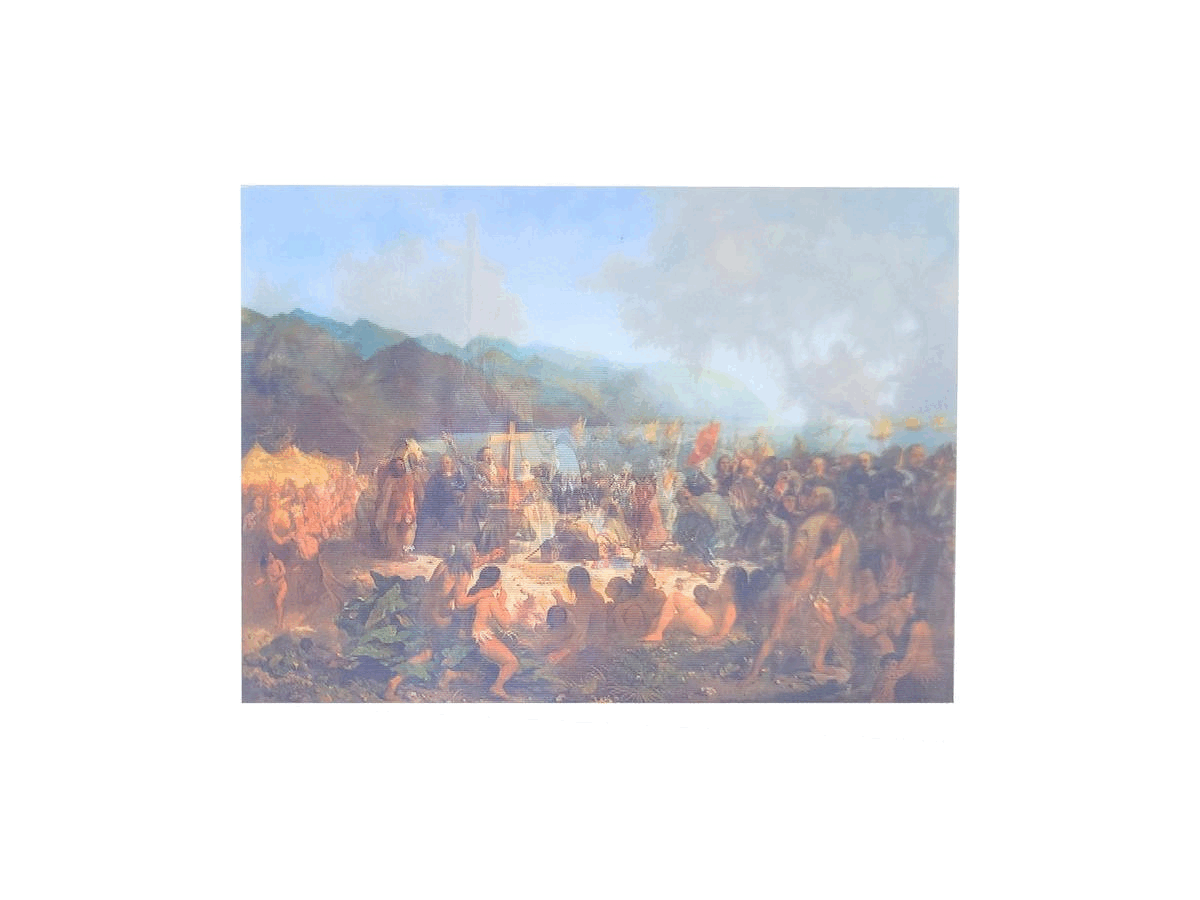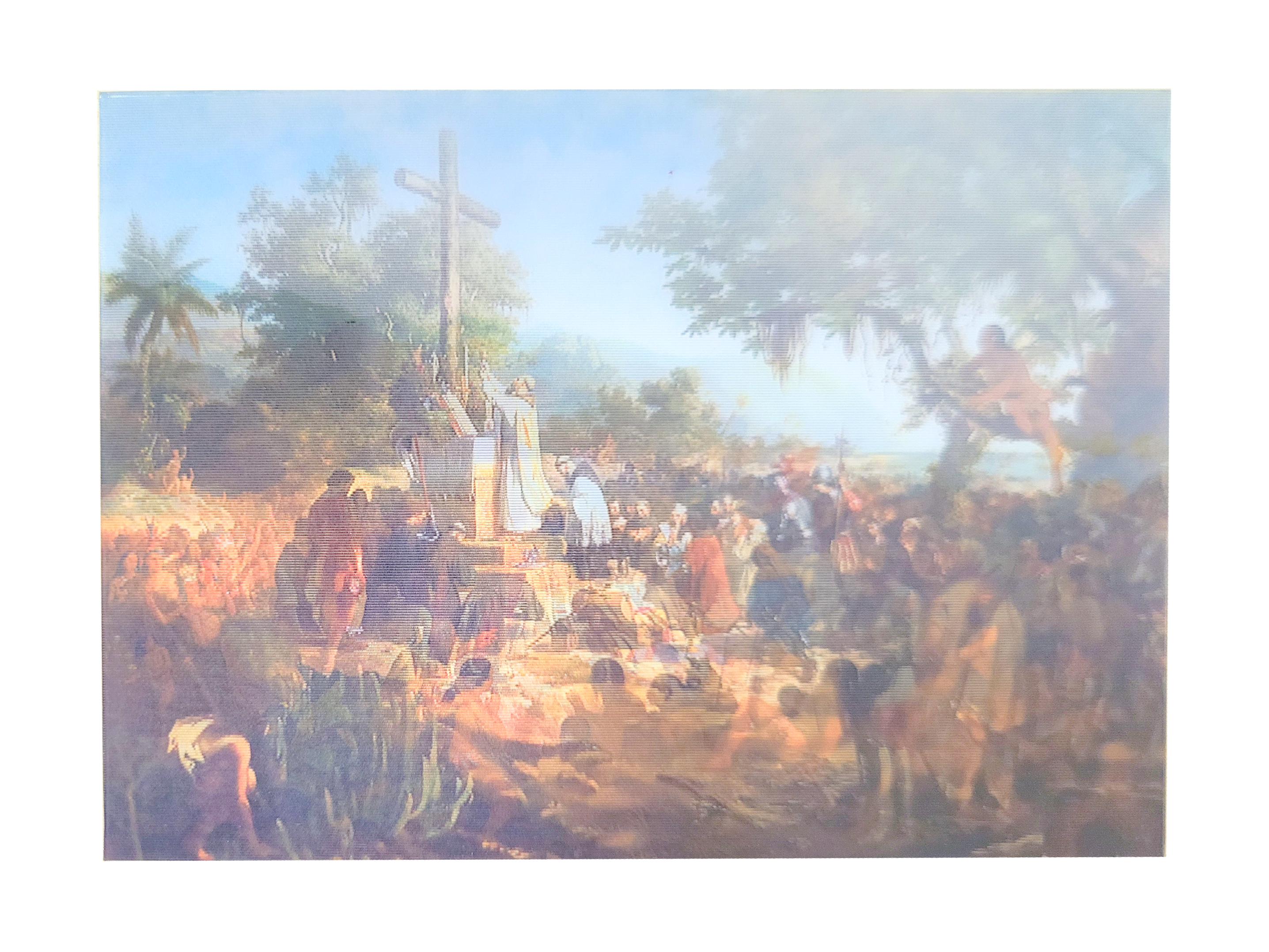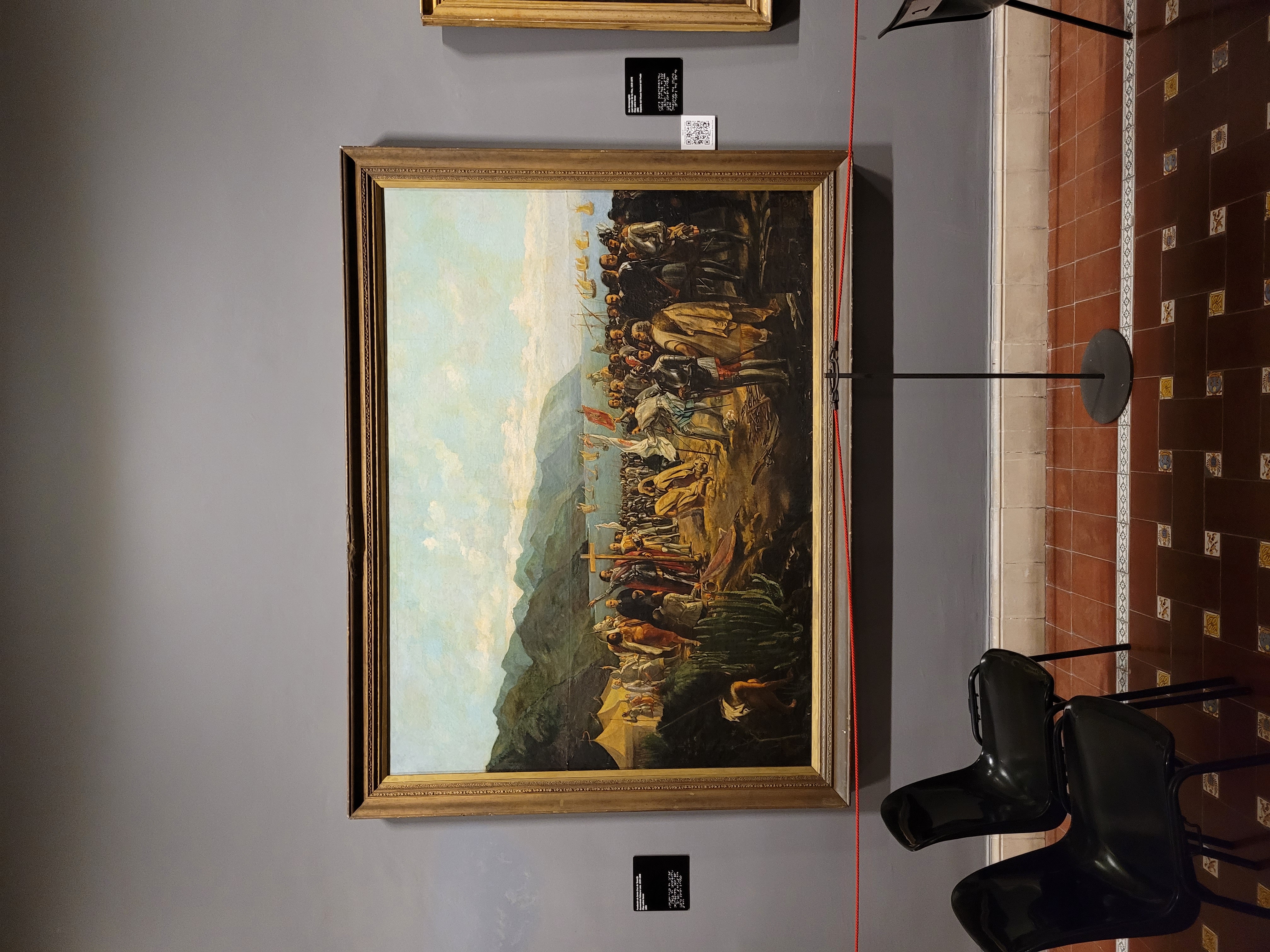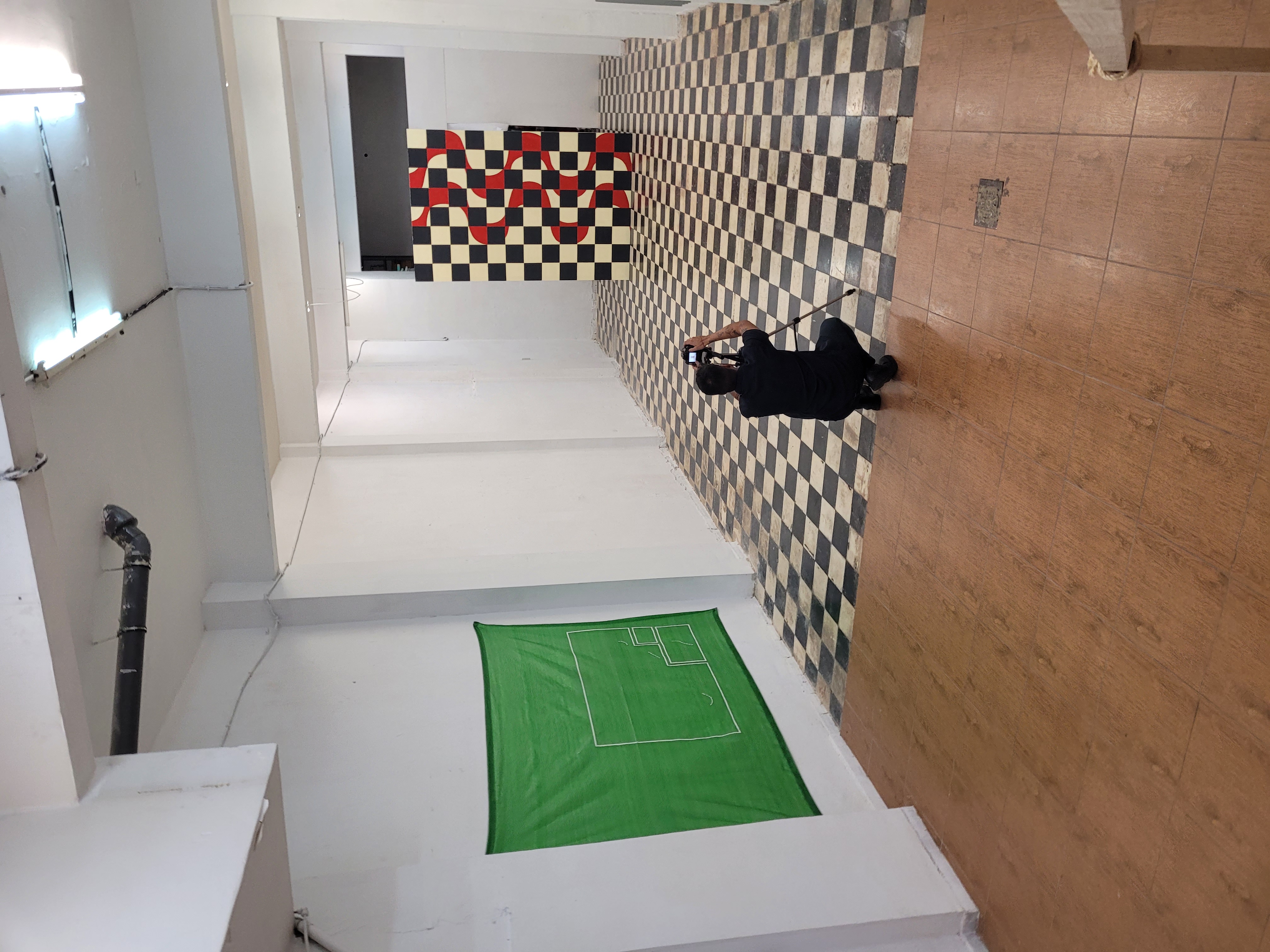Ni siquiera he ido a Río
(I have not even been to Rio)
Solo exhibition resulting from the artistic residency at the El Despacho studio.
Santa Cruz de Tenerife, Canary Islands. Spain.
2021.










In 2021 I was in artistic residency at the El Despacho studio in Santa Cruz de Tenerife, Canary Islands (Spain), in dialogue with artists Eduardo Hodgson, Miguel Rubio, Javi Caldas and the duo Beatriz Lecuona and Oscar Hernandez. During my time working at El Despacho, I focused on a primary impression of my experience on the island of Tenerife: Why and how did some images make me perceive places like the Canary Islands and Brazil in a very similar way?
Soon I dedicated myself to thinking about possible cultural stereotypes common to these territories, questioning myself about how a symbolic apparatus (generally visible in images of tourist appeal, such as postcards, advertisements for hotel complexes, among others) informed an exoticized image of tropical regions, of a supposedly docile culture and a domesticated nature, producing images similar to very different cities like Santa Cruz de Tenerife and Rio de Janeiro, for example.
Thus, I believe that this common imaginary could have its origin in the idea-image of islands with a hot and humid climate (It is known that when arriving in Brazil, the Portuguese believed they had arrived on an island), far from Europe and with fauna and flora abundant. A vision disseminated in colonial narratives through letters from travelers and later in paintings that narrated foundation myths, such as the “discoveries” and the classic representations of the first mass in the colonized territories. Added to this is the fact that the Canary archipelago was established in the colonial period as the last stopping point for vessels before reaching the coast of Brazil.


These supposed similarities perhaps have their genealogy founded on the excessive aesthetic and temporal proximity between the paintings “Fundación de Santa Cruz de Tenerife” (Foundation of Santa Cruz de Tenerife. 1855), by Gumersindo Robayna Lazo (1829 – 1898), and the painting “A Primeira Missa no Brasil” (First Mass in Brazil. 1860) by Victor Meirelles (1832 – 1903), two painters who had part of their training in France. In addition to both dealing with foundation myths, both present the same structure to organize the elements of the landscape, also having the same symbolic plot to categorize and hierarchize their characters: A group of white men around the Catholic cross in the center of the image , natives on the lower margins along with tropical vegetation, while in the background there is the sea and the caravels signaling a recent invasion.
Both in the canonical repertoire paintings and in the kitsch images disseminated in tourist postcards, the vision of a land of provision is implied, spaces full of sunlight, exuberant flora and fauna, a colonial vision that in contemporary times proposes that these territories would be available to re-enact the experience of the “discoveries” and their exotic consequences.
At the end of the artistic residency, these questions led to “Ni siquiera he ido a Río”, an individual exhibition that constitutes a site specific, proposing to relate the interior architecture of the El Despacho studio, my daily work space at that time, with a drawing used in the sidewalks in Rio de Janeiro and often associated with an exotic image of tropicality.














